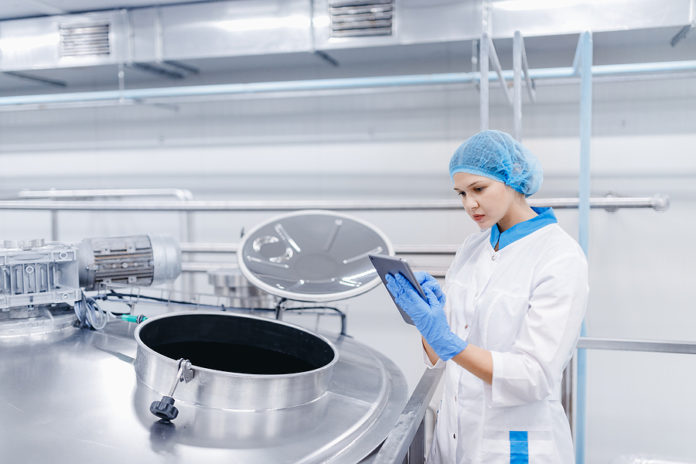
By Andrea Masterton, VP Marketing at
Poka
Transforming Temporary Workforces in Manufacturing
Key takeaways:
- Streamlined Onboarding: Digital tools enhance the onboarding process for temporary workers by minimizing traditional shadowing, thereby reducing downtime during seasonal demands.
- Emphasis on Safety: Standardized training methods, including dual-language instructions, ensure that temporary workers receive consistent, OSHA-compliant training.
- Creating a Skilled Workforce: Empowered temporary workers can develop valuable skills, ultimately benefiting manufacturers through decreased onboarding costs and improved efficiency.
The landscape of process manufacturing undergoes significant shifts during peak seasons, largely relying on temporary workforces. Due to stringent health and safety regulations, the onboarding of temporary workers is crucial. However, traditional training practices often fall short, straining resources and diminishing productivity. Embracing digital workforce tools can seamlessly integrate temp workers while enhancing their skillsets.
Data indicates that the manufacturing industry faces alarming turnover rates, with outreach up to 36.6% yearly. This statistic underscores the untapped potential of a robust temporary labor pool, catering to fluctuating production needs, particularly during peak seasons.
Manufacturers can strategically leverage temporary employees by adopting connected worker platforms, thereby improving onboarding efficiency and minimizing productivity losses.
Prioritizing Safety and Efficiency in Onboarding
The Occupational Safety and Health Administration (OSHA) mandates that training for temporary workers must mirror that of full-time employees. However, peak periods often strain resources and time. Traditional training methods can yield inconsistencies in delivery, which endangers both safety and productivity. Implementing digital lessons via connected worker applications can effectively close these gaps.
Real-Time Guidance for Temporary Workers
Consider a factory with around 500 employees engaged in producing medical nutrition products. Faced with a surge in demand and the need for swift onboarding, the management opted for a connected worker platform. This approach enabled immediate access to training videos and instructions, dramatically reducing onboarding time and associated costs by up to 40%.
Such efficiencies empower manufacturers to respond swiftly to production demands.
Transforming Potential Liabilities into Assets
By providing immediate access to training resources, manufacturers enable temporary workers to integrate confidently into their roles. The goal is to equip these workers with comprehensive knowledge and guidance from day one, thus converting potential risks into competitive advantages.
Breaking Barriers with Bilingual Training
A significant number of temporary employees may not speak English as their first language. The integration of AI-driven bilingual translation within connected platforms facilitates better understanding of instructions and safety guidelines. This technology ensures that all workers receive vital information in their preferred language, fostering inclusivity and enhancing workplace safety.
Upskilling Temporary Workers Through Digital Innovation
The future of food and beverage manufacturing lies in digital tools that bolster the learning and development of temporary workers. The digital transformation on the factory floor is not merely cosmetic—it’s a strategic move to enhance operational efficacy and working conditions for all employees.
Connected worker tools streamline onboarding precisely when contingent labor is vital. They also empower temporary workers, minimizing human error and ensuring that safety remains a priority. Ultimately, this results in a smoother transition for new recruits, adding value to both manufacturers and their workforce.
 Andrea has been Vice President of Marketing at
Andrea has been Vice President of Marketing at
Poka
for six years, championing the impact of connected workers on manufacturing. With a rich background in marketing and sales, Andrea is passionate about creating efficiencies on the factory floor. When not at work, she enjoys trail running and spending quality time with her family.



